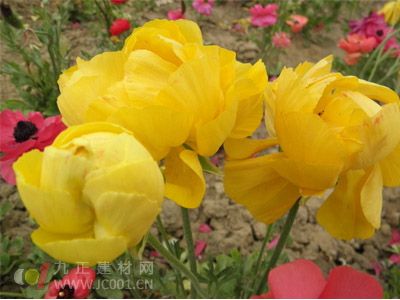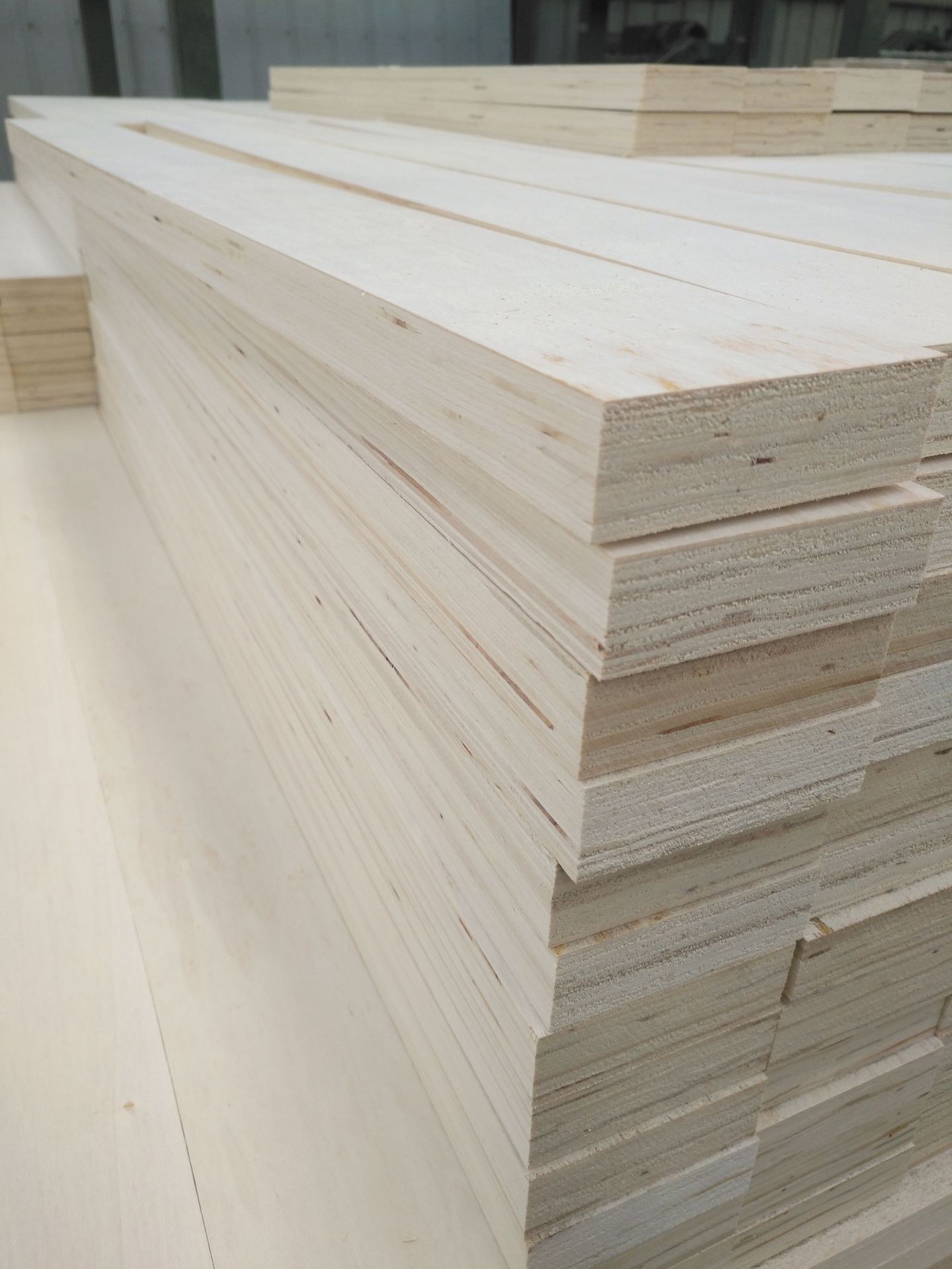Flowering grass cultivation considerations
When cultivating Californian grass, you should pay attention to :
The flowering grass has strong cold tolerance, like cold and dry climate, and is not resistant to damp heat. The hot summer is in a semi-dormant state, often withered, and then sprouts after autumn. It is a succulent straight root system, which requires deep and loose soil. It requires good drainage and large seedlings should not be transplanted. Can self-produce and multiply. Breeding and cultivation points: The flowering grass is straight root, the seed is propagated, it is suitable for live broadcast, and the winter soil is not frozen in the autumn season (sowing or broadcasting).
The northern region generally broadcasts in the late October, with wind barriers in early November, wintering in the open fields, and spring transplants. It can also be used in the spring season to release the flower bed in the defrosting soil. The plant spacing is l5X2Ocm, and the seedlings are multi-grain, inter-plant, and flowering in summer. Pay attention to the need to maintain sufficient water and nutrients during the seedling period. The seeds are easy to self-break after 30 days of flowering, and should be harvested in the early morning. Each watering should not be too large, just apply a proper amount.

1 The main root of the flowering grass is long and is not resistant to transplanting. Apply some decomposed bean cake as base fertilizer before planting, and directly seed the seeds in the pot.
2 The root flesh of the flowering grass is afraid of water. In the rainy season, the roots and necks are prone to black rot. Therefore, in the open field cultivation, it is necessary to pay attention to timely drainage; potted plants should be watered in moderation.
3 Before the growing season and before flowering, the watering should not be too much. The cooked thin pancake water should be applied once a month to make the plants grow well.
4 During the growth period, the whitefly is more harmful, and it is necessary to pay attention to prevention and prevention.
5 After the peel turns yellow, it should be harvested in the morning, otherwise the seeds will be easily scattered. When drying the capsules, pay attention to the glass on the container, because after drying, the peel of the peel is very severe, and the seeds will be ejected outside the container, which is not conducive to the harvest of the seeds.
Laminated Veneer Lumber (LVL)
LVL is an engineered wood product that uses multiple layers of thin wood assembled with adhesives. It is typically used for headers, beams, rimboard, and edge-forming material. LVL offers several advantages over typical milled lumber: Made in a factory under controlled specifications, it is stronger, straighter, and more uniform. Due to its composite nature, it is much less likely than conventional lumber to warp, twist, bow, or shrink.

LAMINATED VENEER LUMBER(LVL)
Laminated Veneer Lumber,Poplar LVL Laminated Veneer Lumber, Laminated Veneer Lumber Prices
Fushi Wood Group , http://www.fushiplywood.com